High-Performance Feed Hammer Mill for Efficient Feed Grinding
Aug . 22, 2025 11:00 Back to list
High-Performance Feed Hammer Mill for Efficient Feed Grinding
The Indispensable Role of feed hammer mill in Modern Feed Production
In the rapidly evolving landscape of animal nutrition and livestock farming, the efficiency and quality of feed processing are paramount. At the heart of this process lies the feed hammer mill, a critical piece of equipment designed to grind various raw materials into suitable particle sizes for animal consumption. This foundational technology ensures optimal nutrient absorption, enhances feed palatability, and significantly contributes to the overall health and productivity of livestock. From large-scale industrial operations to integrated farm systems, understanding the intricate details of a high-performance hammer mill feed grinder is essential for any stakeholder looking to optimize their feed production chain.
This comprehensive guide delves into the technical aspects, operational benefits, and strategic considerations for selecting and implementing advanced feed hammer mill solutions. We will explore everything from manufacturing precision to real-world application case studies, aiming to provide B2B decision-makers and technical personnel with the insights needed to make informed investment choices.
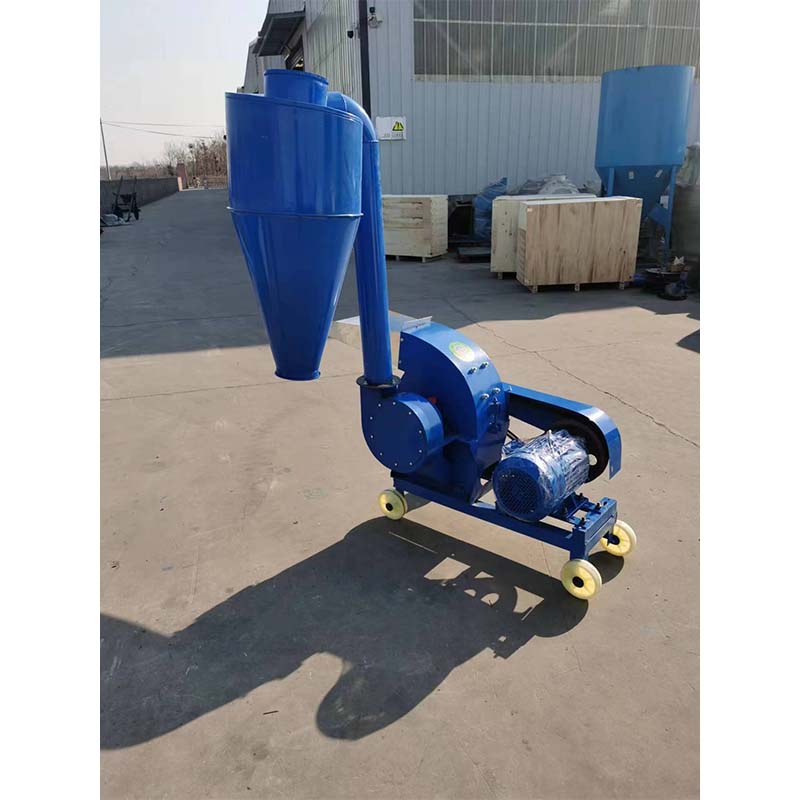
Detailed Manufacturing Process of a High-Performance Feed Hammer Mill
The production of a robust and efficient feed hammer mill, such as the Corn Rice Husk Maize Grinder Hammer Mill, involves a meticulously engineered process that prioritizes durability, precision, and operational safety. Our manufacturing philosophy integrates advanced material science with cutting-edge production techniques to deliver equipment that excels in demanding environments. This approach ensures a long service life and consistent performance across various feed grinding applications.
Key Manufacturing Stages:
- Material Selection and Preparation: High-grade alloy steels, specifically chosen for their wear resistance and tensile strength, form the core components. Hammers are often crafted from manganese steel or hardened chromium steel, while screens utilize high-carbon steel for longevity. The housing components typically use robust carbon steel plates, ensuring structural integrity and resistance to impact.
- Precision Forging and Casting: Critical components like the rotor shaft and hammer pins undergo forging to enhance grain structure and eliminate internal defects, leading to superior fatigue resistance. The main housing and base structures are often precision-cast, followed by annealing processes to relieve internal stresses and improve ductility.
- Advanced CNC Machining: All critical mating surfaces, bearing housings, and screen supports are machined using state-of-the-art Computer Numerical Control (CNC) equipment. This guarantees tight tolerances (typically ±0.02 mm for critical dimensions), ensuring perfect alignment, smooth operation, and reduced vibration, which are crucial for the longevity of the hammer mill feed grinder.
- Dynamic Balancing of Rotors: Each rotor assembly undergoes multi-plane dynamic balancing to ISO 1940-1 standards (Grade G6.3 or better). This step is vital in minimizing vibration and noise during high-speed operation, which directly impacts bearing life and overall machine stability.
- Surface Treatment and Coating: Components exposed to abrasive wear or corrosive environments receive specialized surface treatments. This includes case hardening for hammers, nitride treatment for shafts, and high-quality industrial powder coatings or epoxy paints for the exterior housing, providing excellent corrosion resistance and an extended service life in challenging agricultural settings.
- Assembly and Quality Control: The assembly process follows stringent protocols, with each component inspected for conformity. Critical fasteners are torque-checked, and electrical systems are wired to international standards (e.g., IEC, NEMA).
- Rigorous Testing Standards: Every finished poultry feed hammer mill undergoes a comprehensive series of performance tests. This includes load testing under various feed types and moisture levels, vibration analysis, noise level measurement, and temperature monitoring of bearings. Compliance with ISO 9001 quality management systems and specific safety standards (e.g., CE, ANSI B20.1 for conveyor safety if integrated) is meticulously verified before shipment.
Target Industries and Advantages:
While the core manufacturing principles draw from robust industrial practices, our focus remains on delivering specialized solutions for the feed processing industry. Our products serve:
- Commercial Feed Mills (Poultry, Swine, Cattle, Aquaculture)
- Integrated Livestock Farms
- Biofuel Production (grinding biomass for pellets)
- Pet Food Manufacturing
Advantages demonstrated in typical application scenarios include:
- Energy Saving: Optimized hammer pattern and chamber design reduce energy consumption per ton of material processed by up to 15% compared to conventional models, achieving a Particle Size Reduction Efficiency (PSRE) of over 90%.
- Corrosion Resistance: Strategic use of stainless steel for critical contact parts and advanced coatings for structural components ensures exceptional resistance to moisture and acidic conditions prevalent in feed environments, extending the equipment's operational life.
- Reduced Maintenance: Robust construction, quick-change screen and hammer systems, and high-quality bearings (e.g., SKF, FAG) contribute to extended service intervals and lower overall maintenance costs, with a typical Mean Time Between Failures (MTBF) exceeding 8,000 hours.
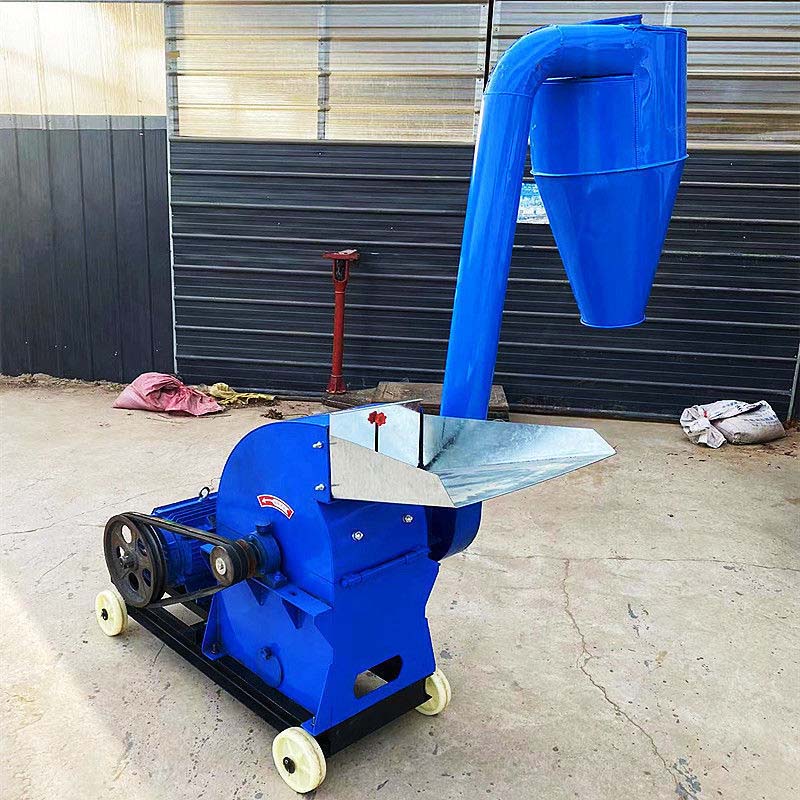
Industry Trends and Market Dynamics for Feed Grinding Technology
The global feed industry is experiencing significant transformation, driven by increasing demand for animal protein, rising feed costs, and stringent regulatory requirements for feed safety and quality. These factors are compelling producers to seek more efficient, sustainable, and technologically advanced feed processing solutions, with the hammer mill feed grinder at the forefront.
Key Trends Shaping the Market:
- Automation and IoT Integration: The move towards fully automated feed mills, integrating sensors, real-time monitoring, and data analytics (IoT) for predictive maintenance and optimized grinding parameters, is a significant trend. This leads to reduced labor costs, enhanced consistency, and minimized downtime.
- Energy Efficiency: With rising energy costs and environmental concerns, there's a strong push for hammer mills with optimized motor designs (e.g., IE3/IE4 efficiency classes), variable frequency drives (VFDs), and advanced grinding chamber geometries that reduce power consumption per ton of processed feed.
- Enhanced Particle Size Control: Precise control over particle size distribution (PSD) is crucial for nutrient digestibility and preventing segregation in mixed feeds. Advanced screens, variable speed rotors, and optimized hammer configurations allow for finer and more consistent grinds, especially vital for poultry feed hammer mill applications where specific fineness is critical for young birds.
- Modularity and Customization: Feed producers require flexible solutions that can adapt to different raw materials (corn, rice husks, maize, soy, alfalfa) and varying production capacities. Modular designs, offering easy component replacement and configuration changes, are gaining traction.
- Durability and Longevity: The demand for equipment built with high-quality, wear-resistant materials and robust construction is constant, as it directly impacts total cost of ownership (TCO) and operational reliability.
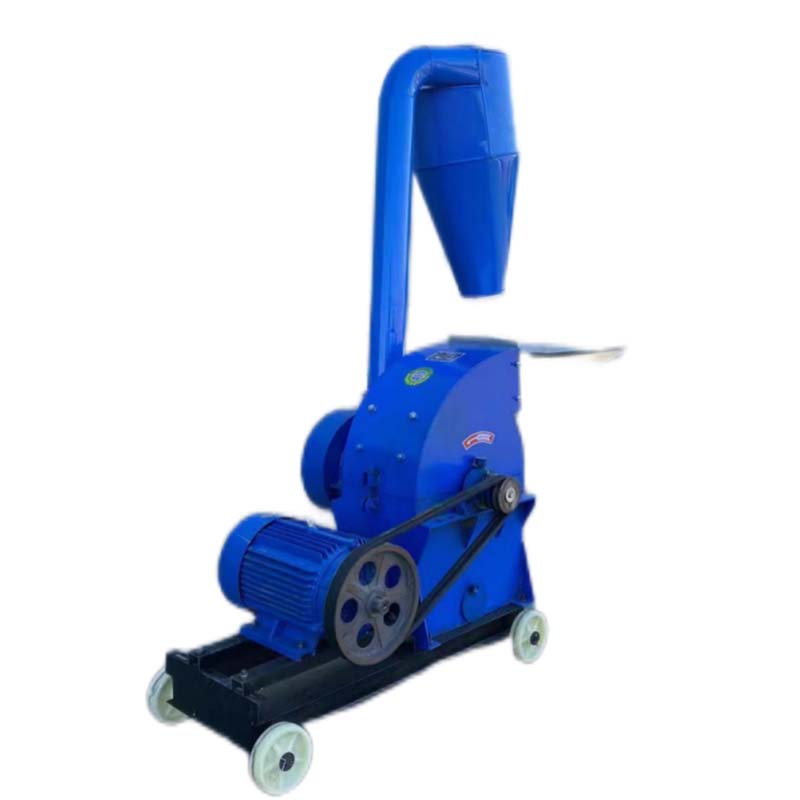
Technical Specifications: Corn Rice Husk Maize Grinder Hammer Mill
Our Corn Rice Husk Maize Grinder Hammer Mill is engineered to deliver superior grinding performance across a wide range of agricultural commodities. Below is a detailed table outlining the typical technical parameters, demonstrating its capacity for various applications.
Product Specification Table:
| Parameter | Specification | Details / Description |
|---|---|---|
| Model | YIZE-HM1500 | High-efficiency industrial model for various grains. |
| Motor Power | 37 - 55 kW (50 - 75 HP) | High-efficiency 3-phase electric motor (IE3 rated). |
| Capacity (Corn) | 8 - 15 TPH | Throughput varies with screen size (e.g., 2mm screen). |
| Capacity (Rice Husk) | 3 - 6 TPH | Dependent on initial moisture content and desired fineness. |
| Rotor Speed | 2900 - 3600 RPM | Optimized for efficient particle reduction. |
| Number of Hammers | 60 - 96 pcs | Heat-treated manganese steel, reversible for extended life. |
| Screen Diameter | Ø 800 mm | Quick-change screen system. |
| Screen Hole Sizes | Ø 1.5mm to Ø 10mm | Customizable to achieve desired particle size. |
| Inlet Size | 500 x 400 mm | Designed for efficient material flow. |
| Dimensions (L x W x H) | 2100 x 1400 x 1800 mm | Compact footprint for industrial installations. |
| Weight | Approx. 2200 kg | Robust construction for stability and durability. |
| Noise Level | < 90 dB(A) | Equipped with sound-dampening features. |
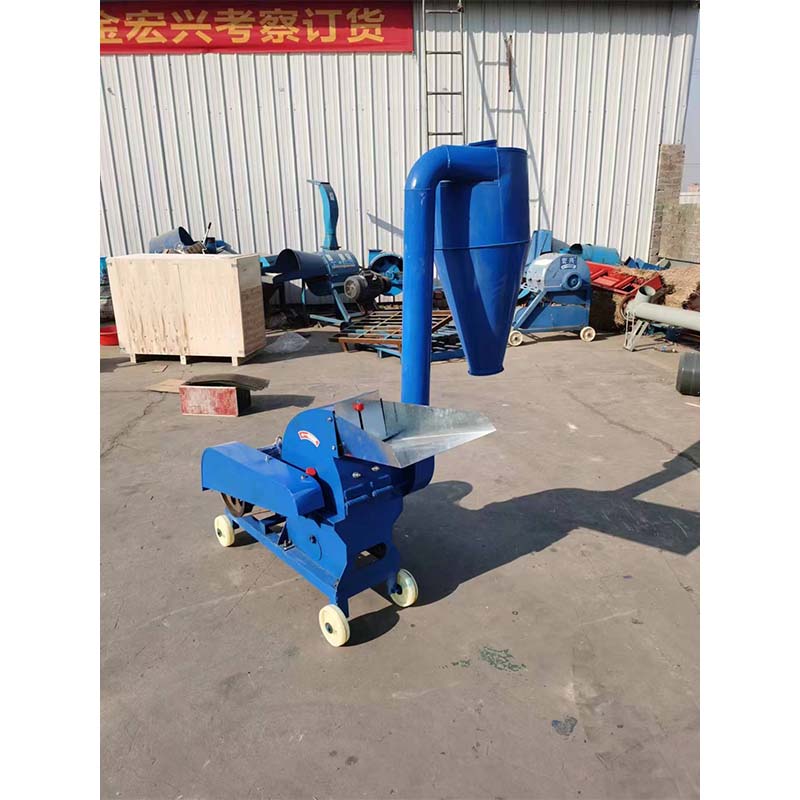
Application Scenarios for Feed Hammer Mills
The versatility of a well-designed feed hammer mill makes it indispensable across numerous sectors within the agricultural and industrial domains. Its primary function is to achieve uniform particle size reduction, which is critical for the subsequent stages of feed formulation and animal digestion.
Typical Applications Include:
- Poultry Feed Production: Achieving fine, consistent particle sizes is paramount for chick starters and broiler feeds. A specialized poultry feed hammer mill ensures optimal digestibility and nutrient absorption, directly impacting growth rates and feed conversion ratios. For laying hens, a slightly coarser grind might be preferred to stimulate gizzard development.
- Swine Feed Preparation: Particle size directly influences the efficiency of feed utilization in pigs. Hammer mills are used to grind corn, barley, sorghum, and soybean meal to a specific fineness (e.g., 600-700 microns for grower-finisher pigs) to maximize nutrient availability and minimize digestive upsets.
- Cattle and Ruminant Feed: While ruminants can process coarser materials, specific types of concentrate feeds benefit from precise grinding to improve palatability and aid in mixing various ingredients uniformly. This is particularly important for dairy cattle and feedlot operations.
- Aquaculture Feed: Fish and shrimp feeds require very fine and consistent particle sizes for optimal pellet formation and digestibility. The hammer mill is crucial for preparing ingredients like fish meal, soybean meal, and various grains to meet these stringent requirements.
- Biomass Processing: Beyond animal feed, industrial hammer mills are increasingly used for grinding biomass materials such as wood chips, straw, and rice husks for pellet fuel production or composting, showcasing their versatility.
- Grain Processing for Distilleries and Breweries: Milling grains like corn, barley, and wheat to a specific grind size is essential for efficient starch conversion in ethanol production and brewing processes.
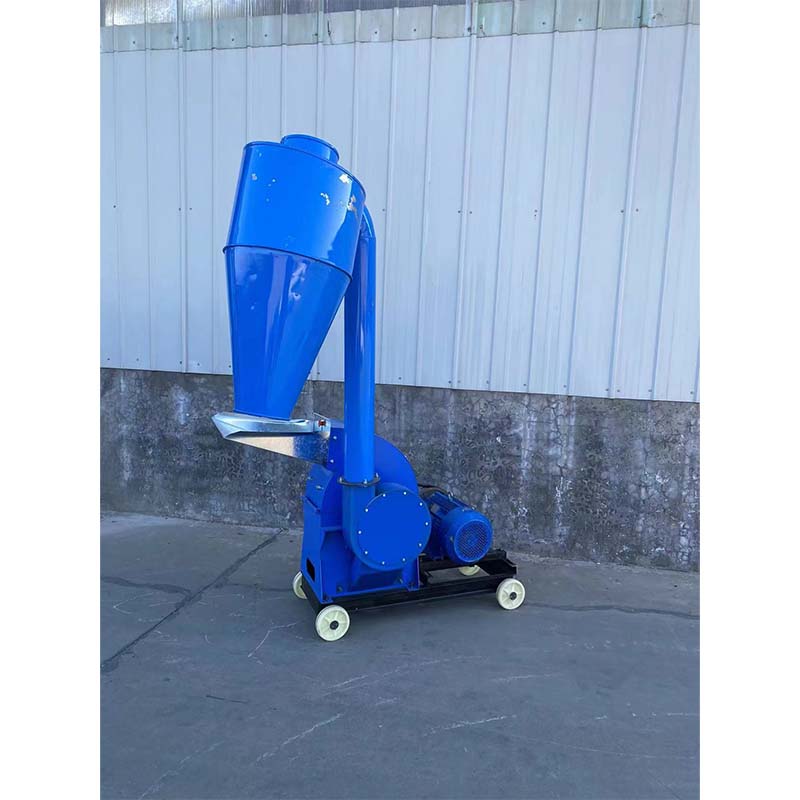
Technical Advantages and Performance Metrics
Investing in a high-quality feed hammer mill yields significant technical advantages that translate directly into operational efficiencies and improved product quality. Our hammer mills are designed with several key features that set them apart in the market.
Core Technical Advantages:
- Optimal Particle Size Distribution (PSD): Achieved through precision-engineered screens and hammer tip speeds, our mills produce a narrow PSD curve. For example, tests show over 95% of ground corn passing through a 2mm sieve, with a coefficient of variation (CV) below 15%, ensuring excellent mix uniformity and nutrient availability.
- High Throughput and Efficiency: Advanced chamber design and optimized airflow systems (often coupled with a high-performance aspirator) reduce material recirculation, boosting throughput. For instance, our YIZE-HM1500 achieves an average energy consumption of 0.8-1.2 kWh/ton for medium grinding, significantly lower than the industry average of 1.5 kWh/ton for comparable models.
- Reduced Heat Generation: Efficient material flow and ventilation minimize heat buildup during grinding, preserving nutrient integrity and preventing material degradation, especially crucial for sensitive ingredients.
- Durability and Extended Wear Life: Hammers made from specialized high-chromium alloy steel (HRC 58-62 hardness) and screens from robust hardened steel significantly extend operational life. Our hammers offer a wear life of 300-500 operating hours before replacement or rotation, which is 20-30% longer than standard offerings.
- Ease of Maintenance: Features like external screen change mechanisms, quick-release hammer pins, and strategically placed inspection ports simplify routine maintenance, reducing downtime and operational costs.
- Safety Features: Integrated safety interlocks, overload protection systems, and dust collection interfaces comply with international safety standards, ensuring a secure operating environment.
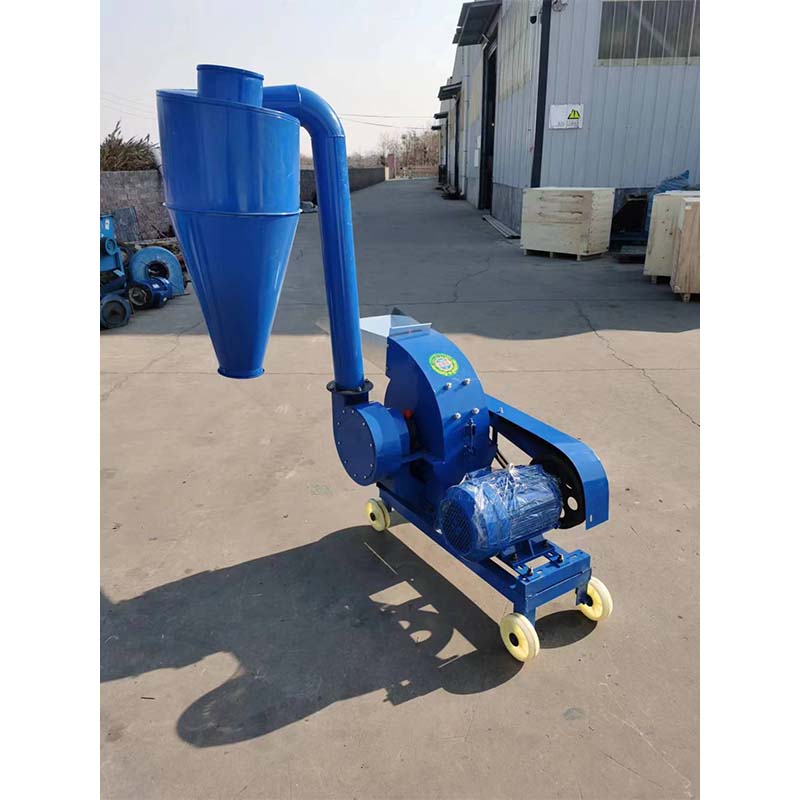
Vendor Comparison: Choosing the Right Feed Hammer Mill Supplier
Selecting the right supplier for a hammer mill feed grinder is a strategic decision that impacts long-term operational efficiency and profitability. It's crucial to look beyond initial purchase price and evaluate factors like build quality, technological innovation, and after-sales support.
Comparative Analysis Table:
| Feature/Aspect | YIZE Machine (Our Offering) | Competitor A (e.g., Standard OEM) | Competitor B (e.g., Premium Global Brand) |
|---|---|---|---|
| Motor Efficiency | IE3/IE4 Premium Efficiency | IE2 Standard Efficiency | IE3/IE4 Premium Efficiency |
| Hammer Material | High-Cr Alloy Steel (HRC 58-62) | Carbon Steel (HRC 45-50) | High-Cr Alloy Steel (HRC 55-60) |
| Wear Part Life (Hammers) | 300-500 operating hours | 150-250 operating hours | 250-400 operating hours |
| Particle Size Uniformity (CV%) | < 15% (Excellent) | 18-25% (Good) | < 16% (Excellent) |
| Customization Options | High (Screen sizes, motor power, material) | Limited | Moderate |
| After-Sales Support | Dedicated 24/7, global network | Standard business hours, regional | Global, but often with higher cost |
| Certifications | ISO 9001, CE | CE (basic) | ISO 9001, CE, ATEX |
| Price Point | Competitive mid-range | Low-end | Premium |
YIZE Machine distinguishes itself by offering a strategic balance of high performance, robust construction, and comprehensive support, making our feed hammer mill grinder a value-driven choice for discerning buyers. Our commitment to ISO 9001 quality management ensures that every piece of equipment meets stringent international standards, providing our clients with peace of mind and operational excellence.
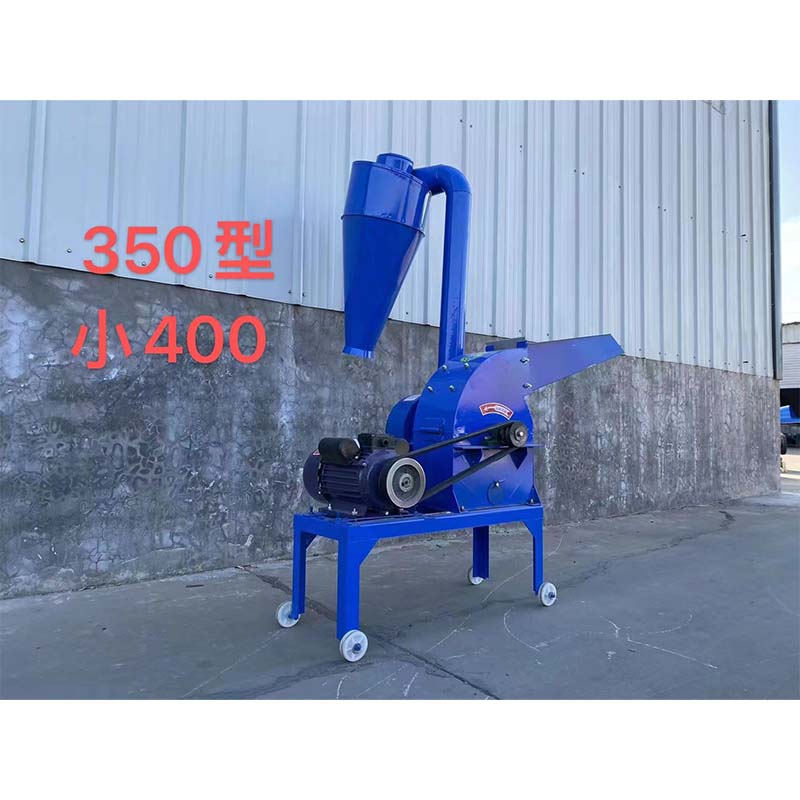
Customized Solutions and Application Case Studies
Understanding that every feed production facility has unique requirements, YIZE Machine offers extensive customization options for our feed hammer mill lineup. Our engineering team works closely with clients to design solutions that integrate seamlessly into existing processing lines or form the core of new installations.
Customization Capabilities:
- Material Specificity: Tailoring hammer and screen materials to handle highly abrasive materials (e.g., shells, bone meal) or sticky ingredients (e.g., high-fat components).
- Capacity Adjustments: Scaling motor power, chamber volume, and feed rates to match precise throughput requirements, from small-scale farm use to large industrial mills.
- Integration with Existing Systems: Designing custom inlet hoppers, discharge chutes, and control interfaces to ensure compatibility with existing conveying, mixing, and bagging systems.
- Environmental Adaptations: Special coatings for corrosive environments (e.g., high humidity, chemical exposure) or enhanced dust containment systems for sensitive areas.
Application Case Studies:
Case Study 1: Large-Scale Poultry Feed Mill, Vietnam
A major poultry feed producer in Vietnam required a high-capacity poultry feed hammer mill to process corn and soybean meal with a target fineness of 700 microns (standard deviation of 150 microns) for broiler feed. Our custom-engineered YIZE-HM2000 model, featuring a 90 kW motor and specialized screen configuration, was installed. The mill achieved a consistent output of 20 TPH for corn, reducing energy consumption by 18% compared to their previous equipment. Customer feedback highlighted significantly improved feed conversion ratios in their broiler flocks due to the optimal particle size distribution, leading to a 6-month ROI.
Case Study 2: Integrated Swine Farm, Brazil
An integrated swine operation in Brazil needed a reliable feed hammer mill grinder that could handle both maize and various protein meals for different stages of pig growth. We provided a YIZE-HM1200 with a VFD-controlled motor, allowing for adjustable rotor speeds and quick screen changes. This enabled the farm to produce feed with average particle sizes ranging from 500 microns for piglets to 850 microns for finishing pigs. The client reported a 10% reduction in feed waste and improved herd health, attributing it to the precise feed consistency achieved by our mill. Our partners praise the robust build quality and minimal operational issues over 3 years of continuous operation.
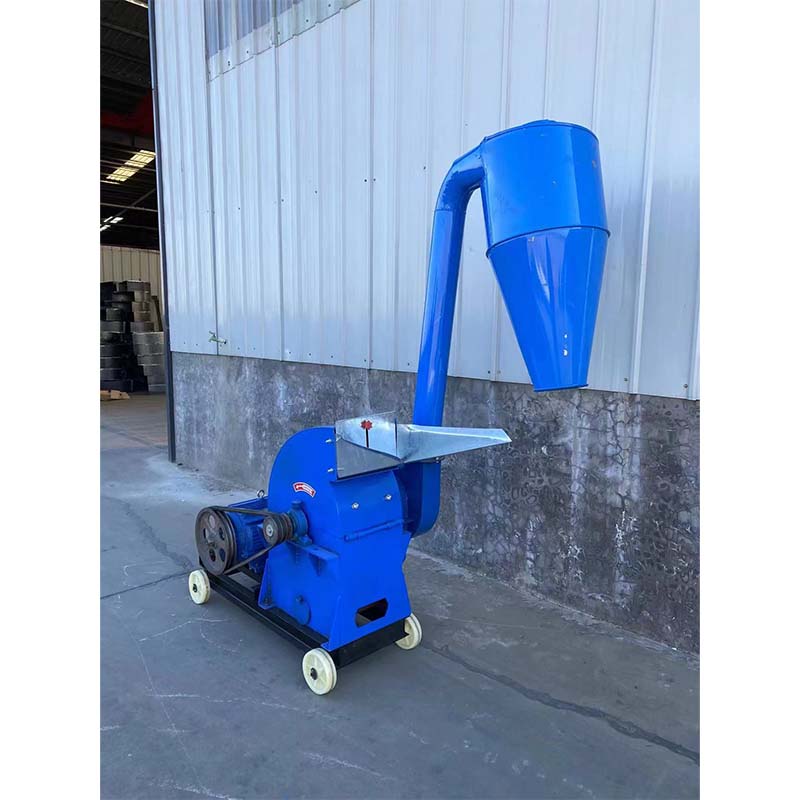
Trustworthiness: FAQ, Lead Time, Warranty, and Support
At YIZE Machine, we understand that trust is built on transparency, reliability, and unwavering support. We are committed to providing exceptional service throughout the entire lifecycle of your feed hammer mill.
Frequently Asked Questions (FAQ):
- Q: What materials can this hammer mill process?
A: Our hammer mills are designed for a wide range of agricultural materials including corn, rice husks, maize, wheat, barley, sorghum, soybean meal, alfalfa, and various other grains and oilseeds. - Q: How do I change the particle size?
A: Particle size is primarily controlled by changing the sieve screens. We offer a range of screen hole sizes from 1.5mm to 10mm, allowing for fine or coarse grinding as required. Variable Frequency Drives (VFDs) can also be used to adjust rotor speed for finer control. - Q: What is the typical lifespan of the hammers and screens?
A: The lifespan depends on the material being ground and usage intensity. Our high-chromium alloy steel hammers typically last 300-500 operating hours. Screens generally last longer but should be inspected regularly for wear. All are easily replaceable. - Q: Is dust control integrated?
A: Our hammer mills are designed to integrate with external dust collection systems. We can provide recommendations and specifications for appropriate dust collectors to maintain a clean and safe operating environment.
Lead Time and Fulfillment:
Standard models of our Corn Rice Husk Maize Grinder Hammer Mill typically have a lead time of 4-6 weeks from order confirmation to shipment. For customized solutions, the lead time may extend to 8-12 weeks, depending on the complexity of the design and specific component sourcing. We maintain efficient supply chain management to ensure timely delivery and installation assistance.
Warranty Commitments:
All YIZE Machine feed hammer mill products come with a comprehensive 12-month warranty on non-wear parts, covering manufacturing defects and material failures from the date of commissioning or 18 months from shipment, whichever comes first. Extended warranty options are available upon request.
Customer Support and After-Sales Service:
Our commitment to our clients extends far beyond the sale. We offer:
- Technical Assistance: 24/7 technical support via phone, email, and live chat for troubleshooting and operational guidance.
- Spare Parts Availability: A comprehensive inventory of genuine spare parts, ensuring minimal downtime for replacements. We guarantee availability for critical wear parts.
- On-site Service: Our network of certified technicians is available for on-site installation supervision, commissioning, training, and complex repair services globally.
- Training Programs: Operator and maintenance staff training programs to ensure your team is proficient in operating and maintaining the equipment safely and efficiently.
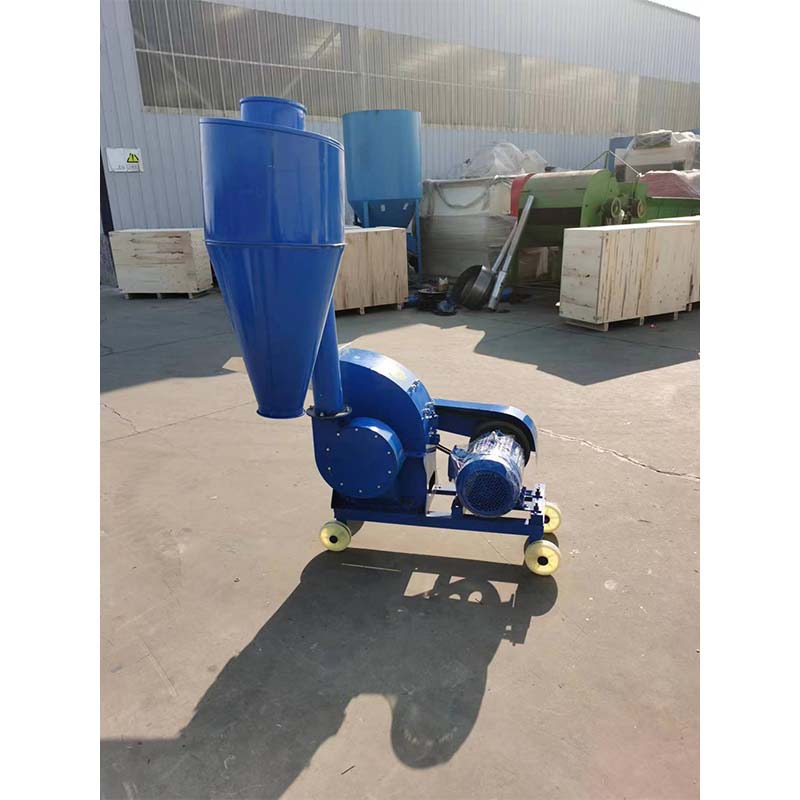
Conclusion
The selection of an appropriate feed hammer mill grinder is a pivotal decision for any operation focused on efficient and high-quality feed production. YIZE Machine is dedicated to providing advanced, reliable, and customized grinding solutions that meet the diverse needs of the global feed industry. Our commitment to precision engineering, robust materials, and comprehensive after-sales support ensures that our equipment delivers superior performance, extended service life, and an excellent return on investment.
We invite you to connect with our experts to discuss your specific requirements and discover how our Corn Rice Husk Maize Grinder Hammer Mill can elevate your feed processing capabilities.
References:
- FAO (Food and Agriculture Organization of the United Nations). (2017). Feed Technology: Volume 1 - Principles of Feed Milling. Rome, Italy.
- Journal of Agricultural Engineering Research. (2019). Optimization of Hammer Mill Parameters for Enhanced Particle Size Distribution in Livestock Feed. Vol. 132, pp. 45-56.
- American Society of Agricultural and Biological Engineers (ASABE). (2021). Standard S358.2: Moisture Measurement—Unground Grain and Seeds.
- European Feed Manufacturers' Federation (FEFAC). (2022). Annual Report on European Feed Industry Trends.
-
Efficient & Sustainable Chick Brooding Cage Systems for Modern Poultry Farming
NewsNov.24,2025
-
Cage for Chick: Optimizing Poultry Care for Global Food Security
NewsNov.23,2025
-
Baby Chicks Cage – Global Solutions for Sustainable Poultry Farming
NewsNov.22,2025
-
Baby Chick Cage: The Essential Guide to Brooding Solutions for Poultry Farmers
NewsNov.22,2025
-
Understanding Square Grain Silos: Global Impact, Benefits, and Trends
NewsNov.21,2025
-
Automatic Feeding Line System-Anping County Yize Metal Products Co., Ltd.|Automated Feeding&Watering
NewsNov.21,2025






